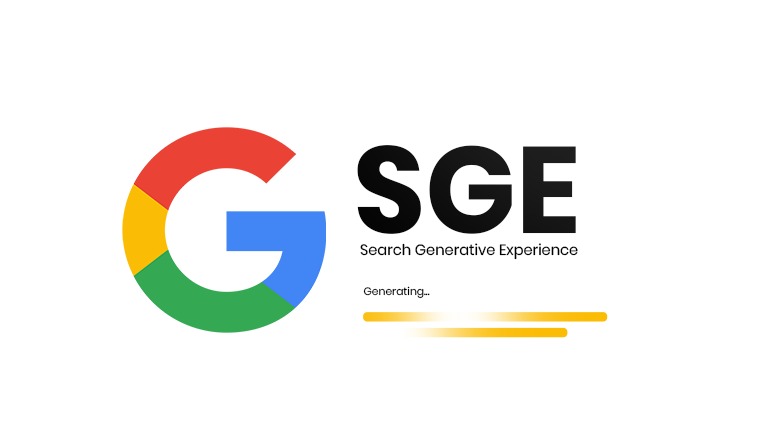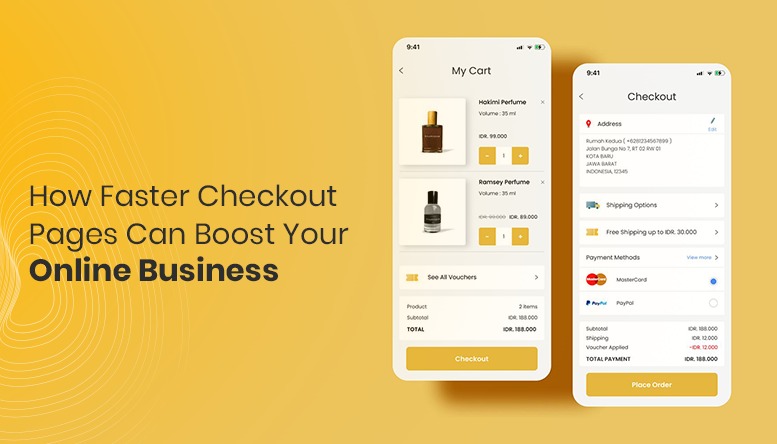How to Improve Your Google Page Speed Score
- April 12, 2024
- Post By: Inter Smart's Content Team

When customers visit your website for the first time, you want them to get a great impression of your company and rank in Google SERP. Creating fast-loading sites can instill trust in your audience and demonstrate to them that your company is dependable.
A slow-loading page, on the other hand, may elicit the opposite reaction. Leads will leave your website instantly to locate a company that emphasizes efficiency and professionalism. After all only a professional company that cares about its brand value and customer sentiments will work on improving the user experience and this includes website loading speed as well. So if you are wondering about how to improve your Google page speed score, then we can help you with that.
Why does page speed matter?
- Everybody hates slow-loading pages: Nobody likes a website that takes time to load once it’s been clicked on. The difference in seconds can mean a world of difference in terms of the time a user invests in your website.
- Less time is spent by users on your slow-loading pages: The bounce rate increases by 100% when the load time increases from 1 second to 6 seconds. It reduces periodically with decreasing loading time.
- The conversion rate will eventually be impacted: The whole reason for creating a website is ultimately to increase sales in almost all cases. So unless it’s a fast-loading website, the website doesn’t serve the purpose it was intended for.
- SEO Rankings will take a hit: The Google algorithm gives high priority to the relevance of content along with the performance of the website in order to ensure that the users get the best results for every search. Guess what would happen if your website takes more time to load.
- Quality score will decrease: Expected clickthrough rate, Ad relevance, and Landing page experience are used to arrive at the quality score. A slow-loading page is bound to have a lower quality score when running PPC ads, thus leading the ads to be placed lower by Google.
Want to improve your page speed? Contact us!
What is Google Page Speed Score?
Google PageSpeed Insights will evaluate your site’s raw performance measurements and provide it with a score ranging from 0 to 100 to summarise its overall performance. A green score of 90 or higher is considered excellent. Meanwhile, a score of 50 to 90 indicates that there is room for improvement, and anything less than 50 is regarded as unsatisfactory.
Your Google PageSpeed score is a “guesstimate” based on fake testing and random elements that might make your site look “slow.” Google will review these aspects and resolve them with developers. However, the results of these simulated tests may not have a direct impact on the site’s actual loading time. Loading time is the actual time(measured in seconds) that the page takes to display the webpage content after it was clicked on.
This takes into account everything like scripts, images, CSS, and other third-party resources. It is not the same as the page speed which considers other factors as well when arriving at a score. Your website’s speed is vital, but assessing it may be difficult. It’s all about putting things into context.
Is it really important to a user if some Javascript takes a while to load when the website he’s on already works? Not at all. In other words, when it comes to genuine user experience and website ranking, Google PageSpeed Insights numbers aren’t very accurate. They do not and cannot quantify the real experience of a visitor when loading a page. They can, however, assist you in identifying a few faults that you may be unaware of or have forgotten about.
Have you checked your page speed score yet? Contact us for a comprehensive check today.
What are Google Page Speed Insights?
Google PageSpeed Insights is a free Google tool that allows you to simply test the speed of a web page. Page Speed Insights assesses a page’s performance on mobile and desktop devices. The URL is retrieved two times: once with a mobile user agent and once with a desktop-user agent. PageSpeed Insights Scores range from 0 to 100. A higher score is preferable, and 90 or higher implies that the page is operating well.
Google PageSpeed will first divide the total load time into numerous key performance metrics that may be monitored independently. For instance, it will evaluate how quickly the initial item of material loaded, how long it took to load all of the content and answer the search query, and how long it took to load the complete page, including any non-essential codes.
Following that, Google PageSpeed Insights will assign a score to each of these indicators and compare them to the top-performing websites. The general ‘Performance Score,’ which represents the result of all these computations, is then calculated using a weighted average technique.
The following criteria are taken into account by Core Web Vitals when measuring the page speed:
- First Input Delay (FID)
- Time to Interactive (TTI)
- Largest Contentful Paint (LCP)
- Total Blocking Time (TBT)
- First Contentful Paint (FDP)
- Speed Index (SI)
- Cumulative Layout Shift (CLS)
To ensure that your webpage speed is above par, consult with the best in the industry. Call us today to improve your page speed.
Tips to improve your Google Page Speed Insights Score
Now that we understand what page speed is and how it affects the performance of the website, let us dwell on the tried and tested tips to improve your Google Page Speed Insights Score:
- Optimize images on your web page: The larger the size of your images used on the website, the longer time it will take to load them. This will lead to increased bounce rates as discussed earlier. Many large-sized images on your website that were included to improve the overall aesthetics can actually lead to the opposite effect. Hence optimizing your images by compressing them is a highly effective way to curb the loading speed issue.
- Reduce the size and count of large files: Apart from images, other large inclusions on the website like e-books, videos, downloadable content, etc are also taking a toll on the page speed. Compressing and limiting their inclusions is always better for the website.
- Minify JavaScript, CSS, and HTML: The structure of a website is formed with the codes used by developers. Oftentimes, the spaces, comments, and other unnecessary characters may be left in the code, which impacts the loading speed. Having the site code reviewed and unnecessary characters removed can help in improving the speed.
- Reduce redirects: When new pages are added or existing ones are deleted, then the links need to be redirected so that the user gets to the correct page. Leaving too many redirect links and HTTP requests can hamper the speed of the page. This is especially true for mobile users. Remove unnecessary redirects that slow down your page.
- Use browser caching: Some websites share a disclaimer about their browser caching policies. This allows them to temporarily save the information, so that the next time a user accesses the same page, the browser need not reload the entire page. This delivers a faster experience for your users.
- Use a content delivery network (CDN): Geographically distributed network of proxy servers and their data centers provide high performance and availability of content by distributing the service spatially relative to end-users. This means that not all data on your website necessarily should come from a single server. Distributing it will reduce load speed.
- Choose a performance-optimized hosting solution: Choose a hosting provider for your website that is performance-optimized. Investing in a good-quality hosting solution can be rewarding.
- Eliminate render-blocking JavaScript: The use of blocking JavaScript must be minimized if not avoided. This is especially true for external scripts that must be fetched before they can be executed. To avoid extra network requests, scripts that are necessary to render page content can be inlined and those that are not important to the initial render should be deferred or made asynchronous until after the first render.
Conclusion
Looking ahead, one thing is absolutely certain, i.e improving your page performance is essential for the future. As Google tends to reward mobile-friendly websites with a great page experience, your SEO efforts should be centered on increasing page speed. If you are planning to start a user-friendly page for your business or need to optimize your existing website, then get in touch with one of the best web development companies in UAE, Inter Smart IT Solutions. We are eager to hear from you and help you out with your website concerns.
Get A Call back from Our Expert
Need tailored guidance or have specific questions? Simply request a callback, and one of our knowledgeable experts will reach out to you at a time that suits your schedule.
Marketing
Services





